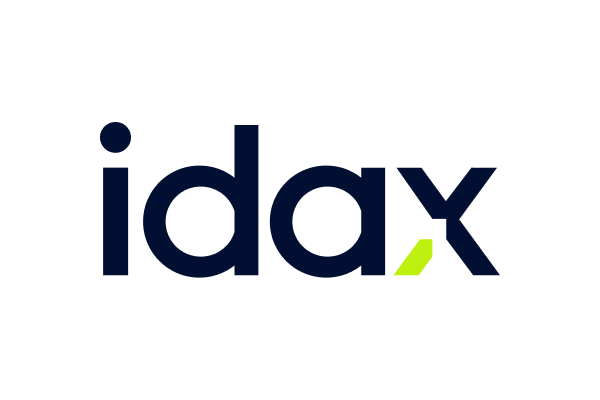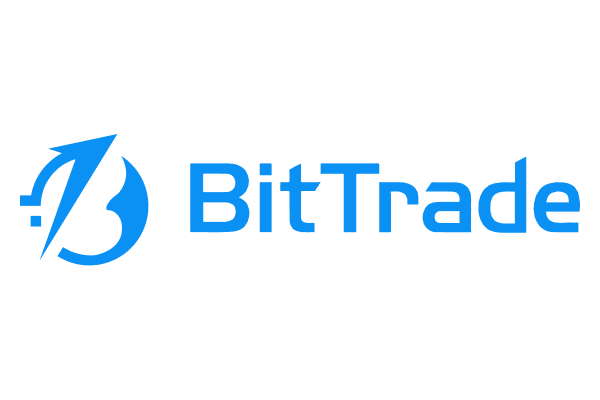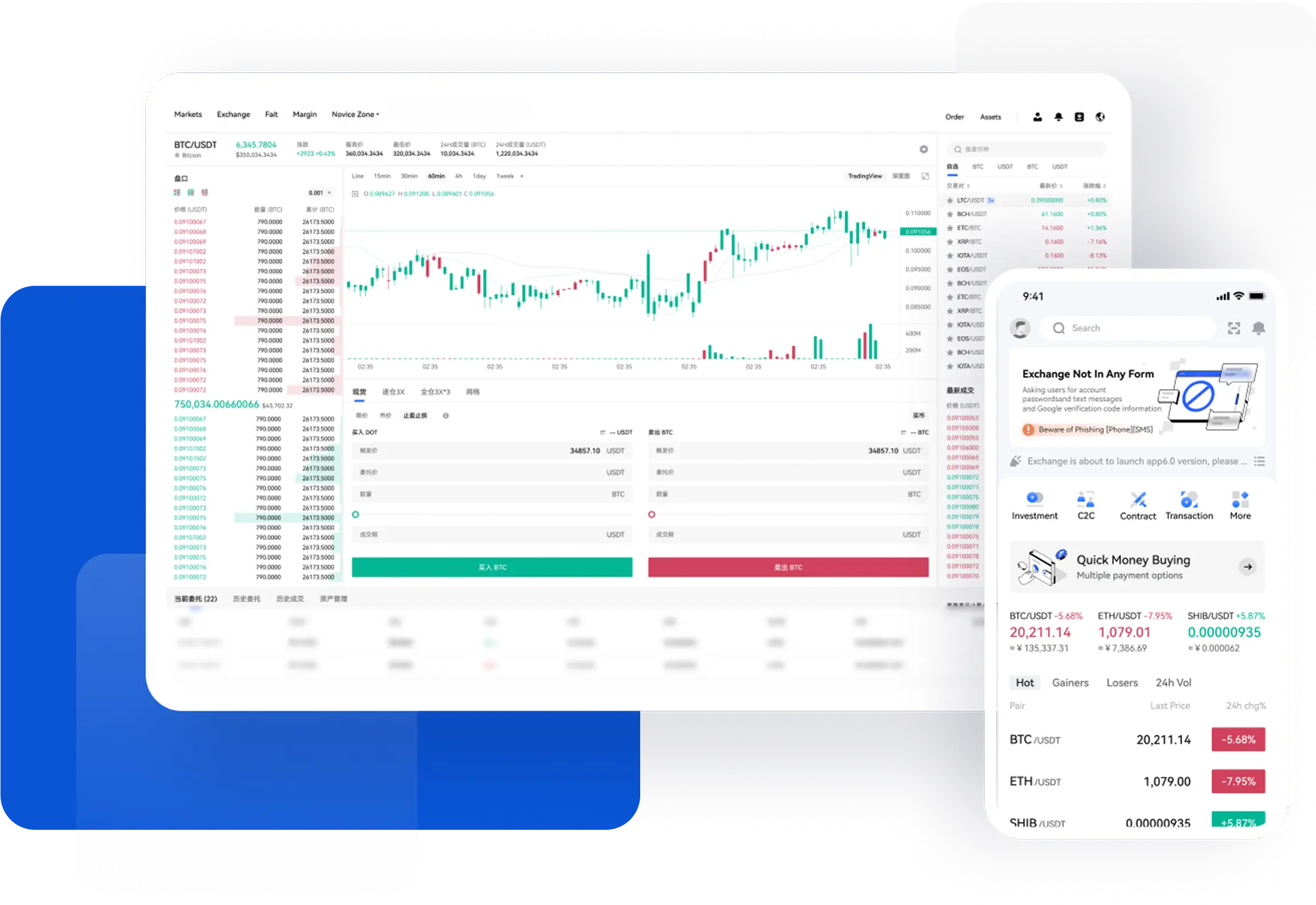

















ChainUp's all-in-one solutions, covering exchanges, liquidity, wallets, and KYT, are built for easy deployment, institutional needs, and compliance with rigorous global regulations like MiCA and VARA.


Elevate your crypto exchange’s growth with seamless liquidity
AI-powered crypto monitoring tool for risk control
Dedicated customer success team with structured response framework
Consulting & technology solutions for Regulated Crypto Businesses
Grow your crypto wealth with confidence
Mining, Staking, Bitcoin Restaking

Mr. Ooi is the former Chairman of the Board of Directors of OCBC Bank, Singapore. He served as a Special Advisor in Bank Negara Malaysia and, prior to that, was the Deputy Governor and a Member of the Board of Directors.